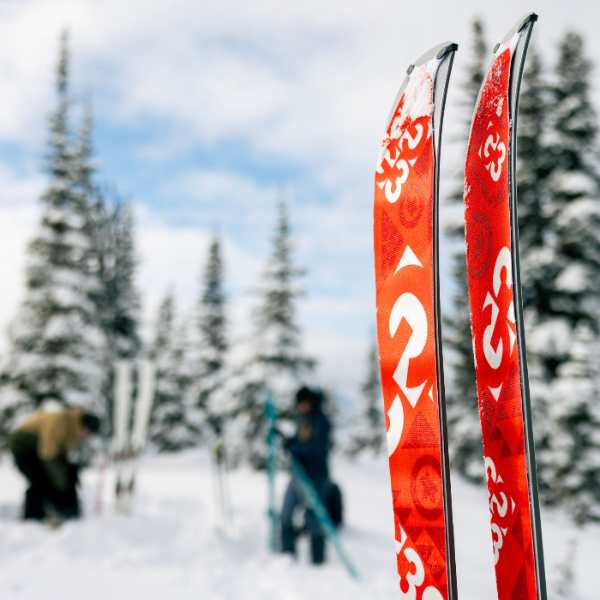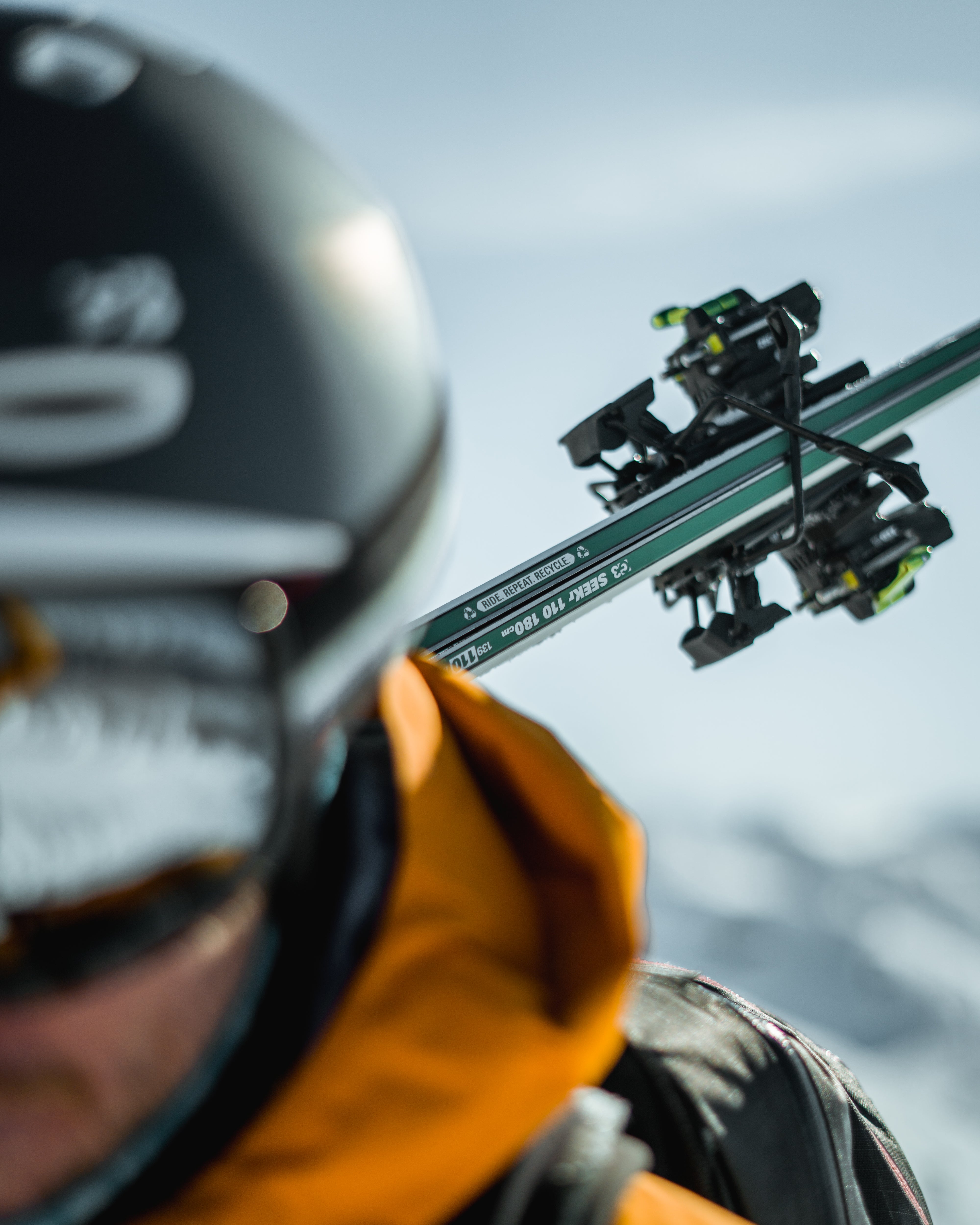 We asked Martina Halik to share some backcountry travel tips after her massive Coast Mountain Epic traverse last season. Here's some ideas she shared for increasing your efficiency and comfort on a big trip...
We asked Martina Halik to share some backcountry travel tips after her massive Coast Mountain Epic traverse last season. Here's some ideas she shared for increasing your efficiency and comfort on a big trip...
-
I once heard someone say that real adventure starts when everything else goes wrong. Ok, I guess this is true, but I believe most of us don’t head into the mountains to purposely suffer as much as possible. For myself, I’m out there because it’s where I feel most alive. I don’t exactly enjoy being cold and wet or bone tired while experiencing difficult situations. It is just a price I sometimes end up paying in order to access wild and beautiful places. I think there’s something to be said for being adequately prepared for those visits. Maybe that way, I’ll enjoy some more easy fun before the true epics inevitably kick in.
I like having some tricks up my sleeve, so that when the weather, snowpack, mountains, or some combo of the three are doing their best to kill or maim me, (or at the very least make me seriously uncomfortable) I can fight back. Here are a few things we learned, and some equipment we found super useful during five and half months of winter camping and traversing last winter. I hope some of these ideas might help keep you more comfortable on your next ski trip.

EXTRA SHELTER
First off if I’m going on a multi day trip, I really want an extra shelter in addition to my tent for the group. We used the BD megalite but there are various companies offering a similar product. The ability to get out of the elements within just a few minutes when we stopped for a break was invaluable on so many occasions. We were able to stay dry and comfortable while cooking out of the wind and rain. In the spring we used it often as well; to get out of the sun on the scorching hot days. The extra couple of pounds that it weighed was well worth it. We also saved weight by using our G3 skis and carbon poles to set it up instead of carrying the pole it came with. The shelter worked well until winds blew harder than 70km/hr, after which we had to build a REALLY big wall around it, or a snow cave in order to cook and melt water


(Often in poor weather like rain or snow we would double up our shelters overnight, covering up our tent. This allowed us to sleep with the tent door open allowing for more venting and keeping us and all our gear much drier.)
COOK EFFICIENTLY
We found other tricks to save weight too. One of these was buying a pot with a heat exchanger on it. This enabled us to use literally half the amount of fuel we would otherwise need. We ended up burning only around 200ml per day – less than a cup of white gas for the both of us, even in temperatures of -20C. This meant carrying half the amount of fuel we normally would, while also saving us considerable fuel costs over the winter. It’s an efficient tool and I highly recommend it.

FREE UP SOME TIME
To save time in the morning we avoided cooking at all. This saved a LOT of time, especially if it was stormy out. We brought a very efficient thermos and made our tea/coffee/cocoa the night before, which would still be hot in the morning. We’d eat breakfast while still in our sleeping bags to stay warm, and then packed up and skied for several hours before cooking a hot lunch. Generally, we were always ready for a longer break by midday anyway, and by melting water then, we saved having to carry it all day. We never carried water in order to save weight, and filled up on fluids at meal times only. This might not work for everyone but it did for us.

STAINLESS STEEL
I would say our greatest friend in the battle against the cold was a small, cheap, stainless steel water bottle. It’s important to use stainless steel, as it conducts heat much more efficiently than say a plastic Nalgene. When we filled it with boiling water we discovered we could easily dry out wet gloves, socks, even our sleeping bags by “steaming” them dry. We achieved this by rolling the bottle filled with hot water over them, or placing the bottle inside a glove or sock, and letting the moisture evaporate. Lets just say the smell wasn’t exactly nice when we dried the socks this way, but it got the job done. Skinning with wet socks on all day is just asking for blisters and this trick saved us having to carry extra gloves, socks and other clothing to avoid such situations. It also made climbing into our sleeping bag at night so much more delightful when we had a hot bottle to snuggle.

We also saved fuel and time by filling up on water whenever we found it.

(Sometimes we had to get creative to reach the water - The Velcro straps on our ski poles were quite useful for attaching bottles)
--
In the end, I think we all have to be prepared to endure a little bit of suffering in order to truly experience the wildest places, but I hope one or more of these tricks helps you on your next big or little adventure in the mountains.

- Martina


